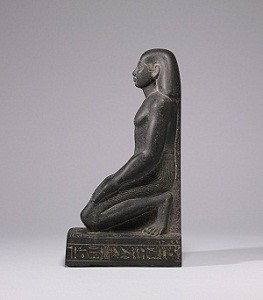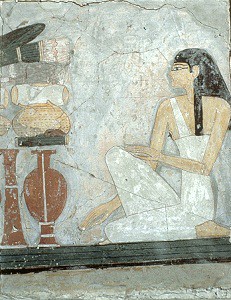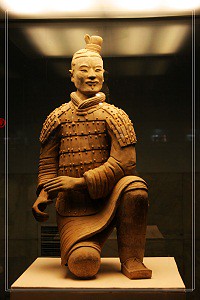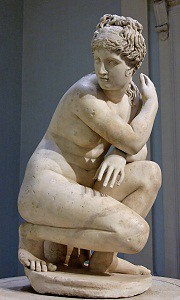How about "crouch" with a stool under his posterior. Have a look at these pictures of shoe-shinersTony Pope wrote:Presumably, to reach the sandal straps the slave would go down with both knees touching the ground just as if kneeling in homage?CWConrad wrote:I'd bet that κύπτειν, to the extent that it's associated with tying another's sandal-straps, means "crouch" in the context in which JB uses it
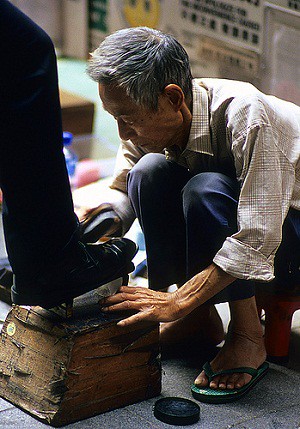
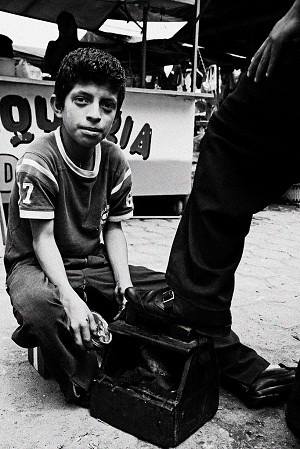
They are both leaning forward from a seated position, so the centre of gravity of the upper body moves forward, but not lower than the hips.
If a slave were to kneel every time the master's shoes had to be removed, his effective working life would have been greatly reduced. As a speculation, in this case, we are talking about JB's younger cousin, so it may be a childhood memory.



